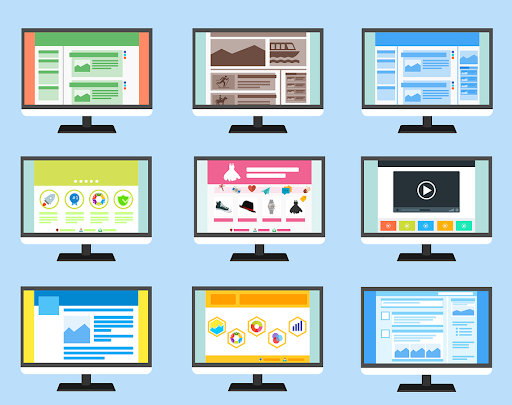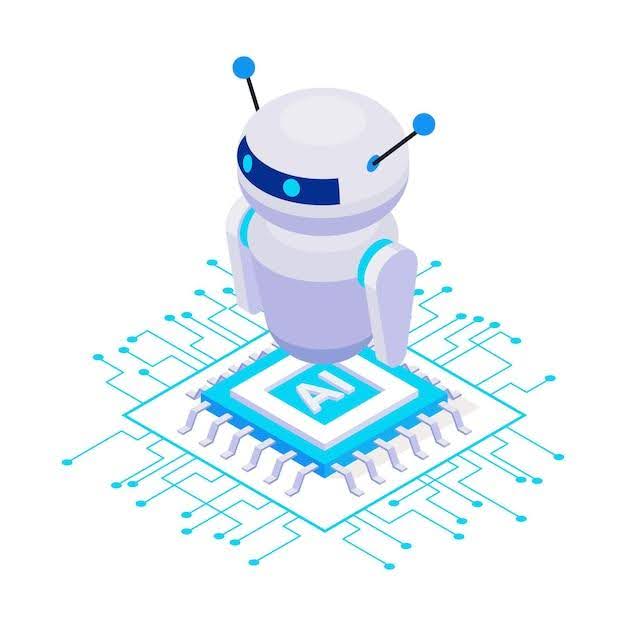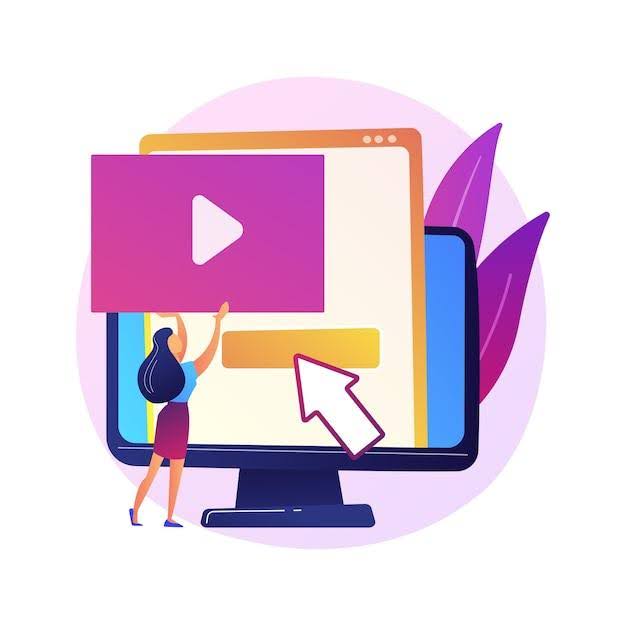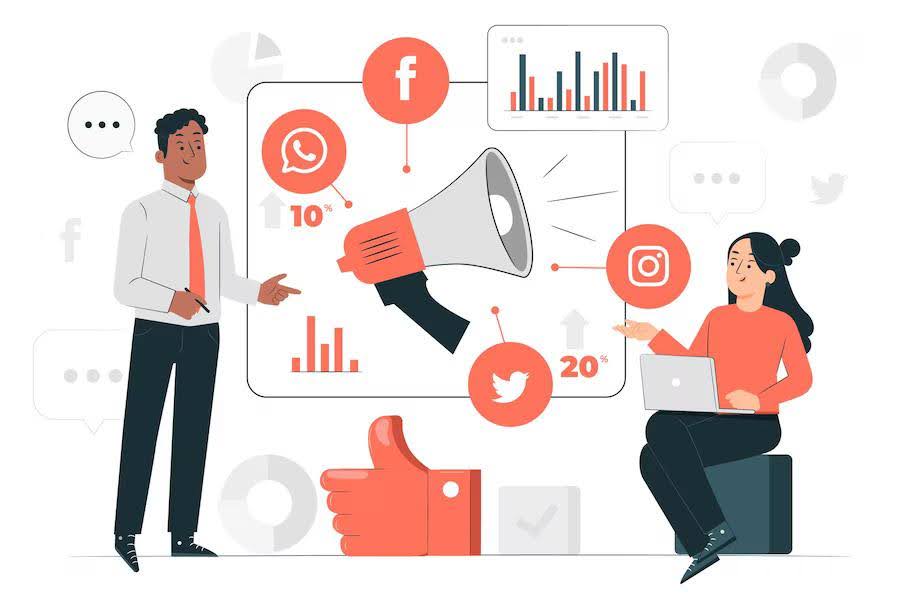Published on: 25 Jan 2022
Reading time: 6 minutes
In the rapidly evolving digital world that we live in today, it is no longer enough to just have a digital presence. If you run a business and have products or services to offer to the people, simply having a website with published pages will not do much for your chances of conversion, let alone customer retention. Being present in front of the customers even in the pre-click stage, and optimizing the post-click sequence with dedicated pages, called landing pages, instead of busy homepages, is the secret to making your business seem more worthwhile to the customers.
What is a Landing Page?
Visitors on your website arrive on a landing page after clicking on an ad. These visitors are a result of the directed traffic from the ads to the website, so as to increase conversions and induce purchase. However, just directing the customer towards your website’s homepage might not be enough as a campaign, and using ads to direct traffic towards your brand generally has a particular aim, such as subscribing, signing up to your email list or buying a product, and your homepage has a varied purpose and may prove to be a distraction from your campaign objective. That is why separate pages are created, which are known as landing pages, whose purpose is to make the visitors carry out a pre-defined task, as per your business or campaign goals. It is more focused and forms an integral part of the conversion funnel.
How to Choose the Right Landing Page
There are different types of landing pages that you can use but choosing the right one holds great importance. Using the right landing page in your ad campaigns, optimized as per your requirements, allows for better conversion prospects.
Consider answering the following questions to help you choose the right landing page:
- What business goal do you wish to achieve with this landing page?
- How did the audience reach this page (action or motivation)?
- What is the audience’s goal when they land on this page?
- What do you want the audience to do on this page?
- What are the ways to achieve the goal/ how is the competition achieving it?
The landing page design and type can be decided based on the type of offering and the position of the customer in the conversion funnel. Once you answer these questions, you can analyze which of the following types of landing pages will fit well with your needs.
Different Types of Landing Pages
- Squeeze Landing Page
A squeeze page is one of the most common types of landing pages used quite widely across the digital landscape. It is used to collect data from incoming users, in most cases just their email addresses, to add to a general mailing list. They contain minimal content, bold headlines, a clear CTA, and a link to take the visitor to the next step as well as an option to exit.
- Splash Landing Page
A splash landing page is presented to the customer when you have a specific goal to fulfill rather than simply landing them after they click on an ad. Their primary function is to offer more information to the users before they head to the content that you want them to see. Most splash pages ask the user about their language preference, verify their age, choose the right country, etc.
These types of landing pages are a lot like a squeeze landing page, but instead of collecting only email addresses, they generally ask for more information from potential leads. Also known as lead capture pages, their primary intent is to source information such as name, business name, job title, phone number, industry, etc. from the customers in exchange for a resource. The best landing pages for lead generation usually represent the middle of the conversion funnel where the information gathered is then analyzed, to figure out whether that lead is qualified, and then used to nurture that lead to close a sale.
- Sales Landing Pages
Sales landing pages are designed with the goal to persuade visitors to make a purchase. These types of landing pages are typically used at the bottom of the funnel and contain a detailed pitch about the product or service as well as a very obvious CTA. Sales landing pages can be tough to design and optimize as they need to be able to convince customers to pay for an offer, which is not as easy as asking for their email address.
- Thank You Landing Pages
These types of landing pages support your lead nurturing efforts. When visitors fill up a form or make a purchase, they are redirected to a thank you page where they are persuaded to move further down the funnel. This is your opportunity to engage more with an interested customer, where you can suggest additional offers, products, and services or define CTAs for following your social handles or to read your blog.
- Referral Landing Pages
When customers say good things about your offerings and recommend your products or services to their friends, you know it’s a big win. Referrals are excellent for producing certified leads of high quality and a good referral landing page helps ensure that these leads can be converted into potential customers effectively. It makes the lead feel more confident that they will like your offerings enough to purchase them, while further helping generate more sales through word of mouth.
- Unsubscribe Landing Pages
Although an unsubscribe proposition seems like a bad thing, it actually presents one last chance for a quick win back. When you have worked hard to generate leads and retain customers, you would not want to let them go so easily, and unsubscribe landing pages help you make one more effort. Infuse some personality, unique characteristics, and showcase your products or services one last time with an incentive. If the customer still wants to break ties, you can even ask them to follow you on social media as a parting gesture.
- Error 404 Landing Page
No one likes facing an error but including an Error 404 landing page in your campaign is a must. It is important to make them as helpful as possible to ensure people do not leave your website completely, as encountering errors is an inevitable part of any website. Humour is a good way to offset the discomfort of the error or an interactive element that keeps the user from dropping. Remember to present your viewers with ways to get back to your website with a CTA for the homepage or to other pages. You can even showcase your other products, offer call-back services, or reroute the visitor to your blog for the time being.
- Coming Soon Page
The coming soon page is equally important to let your visitors know that you are soon launching a new product or service. It’s a great way to create some excitement even before you launch the product or when you aren’t quite ready to reveal the full offer. Set up a coming soon page for upcoming products, services, offers, sales, and other events with a countdown and subtle reminders throughout the website.
- Login Landing Page
When you are lucky enough to have repeat customers, adding a login landing page to your website can hold great value for you. It requires users to enter a username or email address and a password to log into the website and experience exclusive products, services, and offers. It’s a great way to make your customers feel special, create an organic mailing list, and create a sense of urgency, which usually pans out well.
Depending on your business goals, you may opt for more than a few types of landing pages discussed above as well, and rest assured that integrating them into your digital marketing campaigns will bear fruits in no time. After all, landing pages don’t just help you raise conversions and generate new leads but are a major driver for keeping your website and brand relevant for the modern audience.
Schedule a demo




